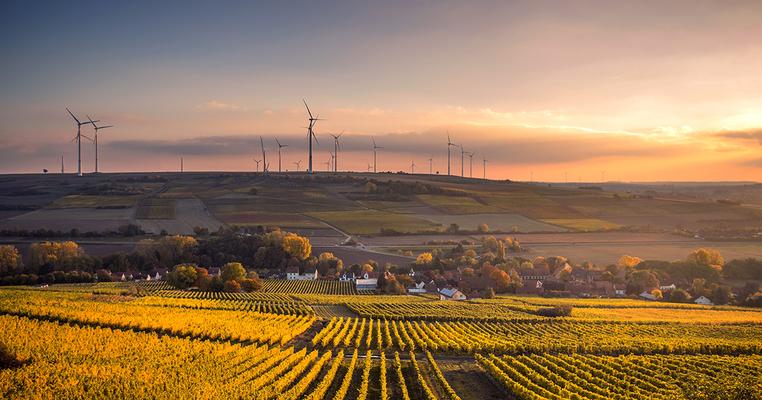
Climate-Smart Cooking and the Future of Food (Free Download)
It’s clear that the climate crisis poses a very real threat to food security across the globe. If no action is taken, millions – perhaps billions – of people are at risk of malnutrition as staple crops and other fruits and vegetables become harder to grow, more expensive, and less nutritious.
But at the same time, with just a little bit of know-how and the will to try, you can do your part to prevent the worst of it.
By making a few simple changes, you can lessen your carbon footprint and help conserve important resources, all while showing your family, friends, and neighbors (and the businesses vying for your hard-earned dollar) how much you care about common sense solutions to the climate crisis.
Solutions they can then take back to their own kitchen tables.
Here are the two key things to know:
1. Our food systems are in jeopardy.
- Warming temperatures and changing precipitation patterns are altering where and how well things can grow, and worsening extreme weather events are putting more and more crops in immediate jeopardy.
- Certain foods are becoming less and less nutrient dense as the climate crisis speeds up their growing cycles.
- At the same time that there are more people than ever to feed, crop yields are falling – and will continue to fall as growing conditions worsen – leading to rising prices and eventually, the prospect of social unrest as disputes over resources escalate.
2. There’s plenty we can do to fight back.
- In addition to a long list of incredible benefits for farmers and their crops, regenerative farming practices create fewer emissions than traditional agriculture while at the same time pulling carbon from the atmosphere and sequestering it in the ground.
-
You can support climate-smart agricultural practices through the choices you make at the supermarket.
- Research brands to find out about their environmental policies.
- Look into growers to make sure they are using regenerative or other sustainability practices.
-
When the time is right, reduce your “food miles” and keep resources in your community by shopping local and in-season at a community farmers market.
- Robust, diverse, and successful regional food systems are far less vulnerable to widespread supply outages in times of crisis than food systems supplied by a handful of large agribusinesses.
Learn more about all of this and how you can do your part to support thriving, sustainable food systems in our latest free e-book, Climate-Smart Cooking and the Future of Food.
It's a direct line from burning fossil fuels and supporting the food system status quo to a world where nutritious fruits, vegetables, and grains become scarce. But we can still turn the tide.
Because we can change things. But no one else is going to do it for us.

